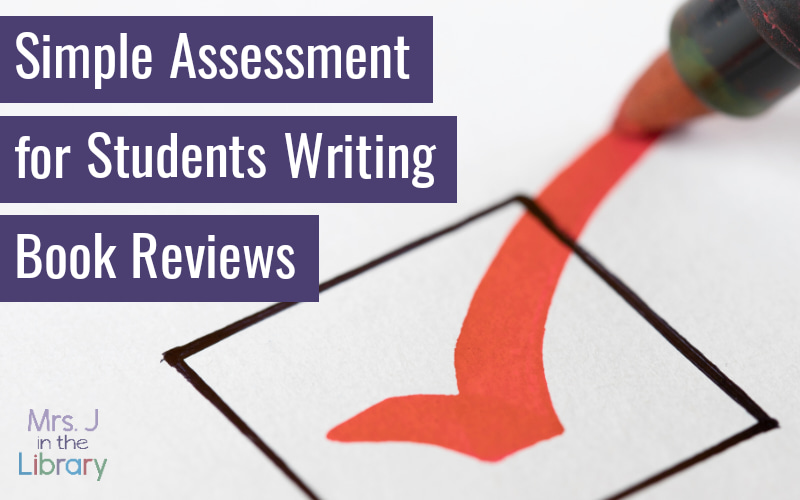Last updated: April 18, 2023
Years ago, I attended a three-day assessment seminar taught by Jay McTighe in my local area. Though the presentation wasn’t anything new from my undergraduate Instructional Design class a decade prior, one of the days was spent in work sessions applying what we were discussing and creating actual assessments. More professional development should be like that!
Participants were asked to bring an assessment to refine, or a lesson that needed a new assessment. I brought my book review center with the idea to make a rubric for student book reviews on Destiny.

At the time, my only requirement was for student to write at least 3 complete sentences. I noticed, however, that the review quality was…well, inconsistent at best. Occasionally the reviews were so poorly written that I couldn’t justify publishing them.
For example:
It was good.
I liked it.
It was funny.
I wondered, “How could I encourage students to write a more thoughtful review of the book to their peers?” That was, after all, the whole point of the Book Review Center: To recommend a book to someone else who might like it.
Self-Assessment and Peer Assessment Rubric
With that in mind, I made a rubric for students to use before submitting a review for moderation and my approval within the Destiny catalog system. With some practice and time, the quality of the book reviews that students were writing did improve!

If you’d like to try it out too, download the rubric by clicking on the picture to the left.
- To use the rubric, first make sure to print it double-sided.
- Students fill out the self-assessment for their review on 1 side of the paper.
- Then, they fold along the vertical line to cover their answers, and give it to another student at the Book Review Center.
- The students can trade devices or papers to assess each other’s review, and fill out the rubric again using the folded-over side.
- After swapping back, students can revise their review and do a final check before submitting it.